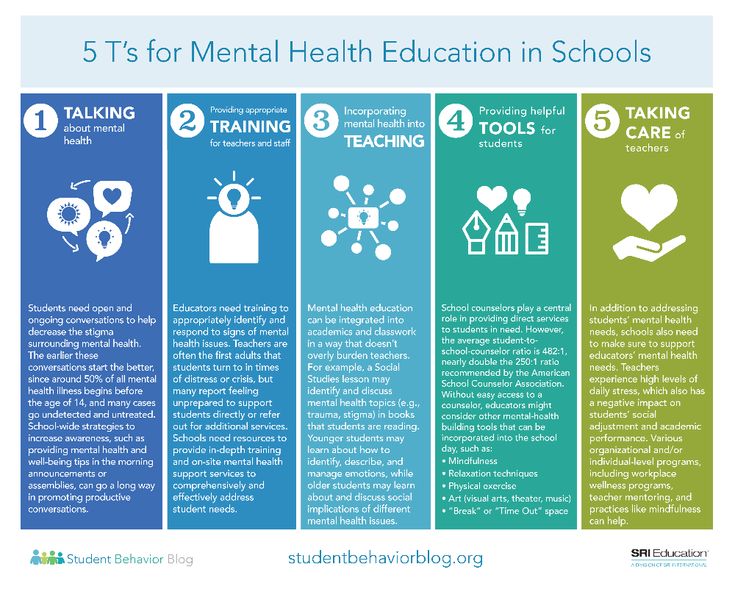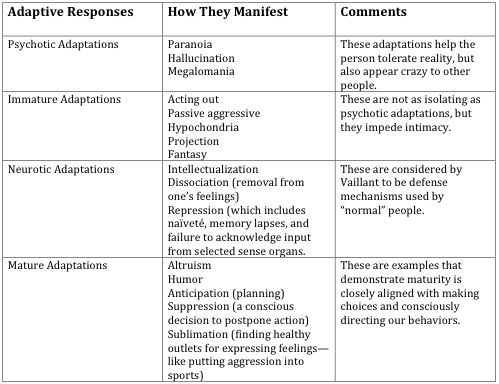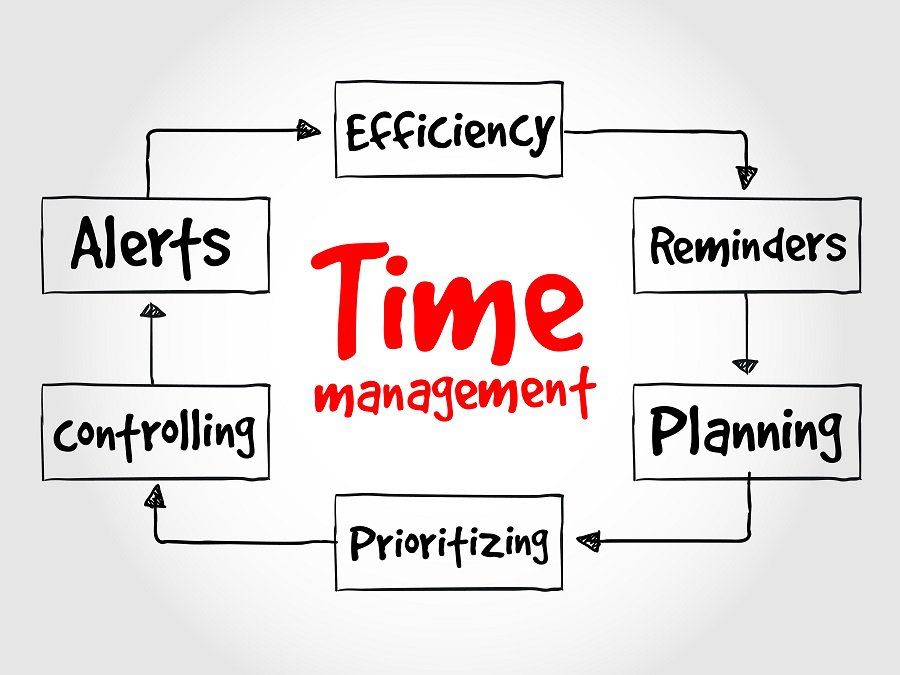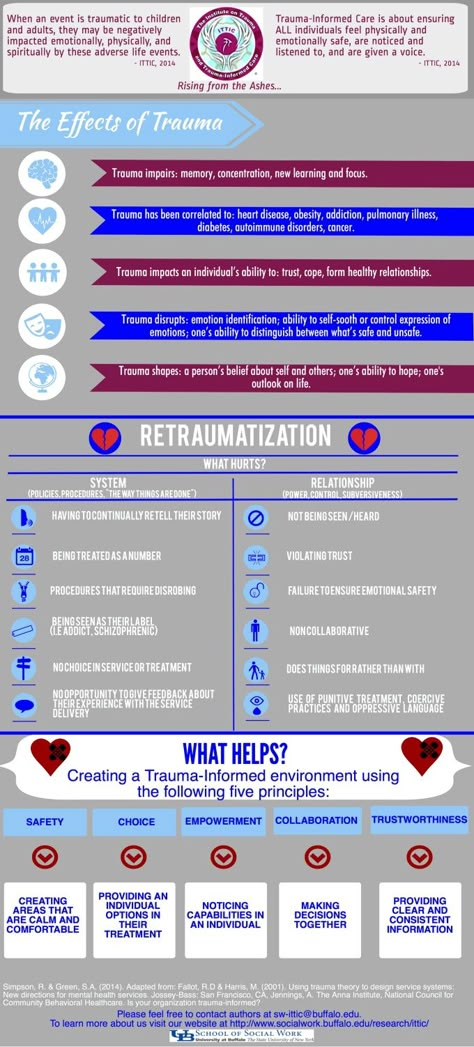Why do long term marriages end
Leaving a Marriage After 30 Years
While many marriages fail shortly after a couple marries, divorce after 30 years is fairly common too. A marriage breakdown after 30 years may be due to the empty nest syndrome, infidelity, different interests, retirement, or other reasons. Some spouses just want their independence. Many older spouses experience a midlife crisis that causes them to leave a marriage after 30 years or more.
Older spouses have different priorities than younger spouses. Their economic and health situations are different. The factors that guide the division of their property and the entitlement to alimony are also different for spouses who have been married for a long-time compared to spouses in short-term marriages.
Key factors When Older Spouses Decide to Leave a Marriage After 30 Years
Surviving divorce after a long marriage requires considering other factors than those that a younger couple would consider. Older spouses need to consider:
- They have only a certain number of years left – so spending years in litigation means losing a lot of valuable time.
Older couples often consider mediation or collaborative divorce in order to expedite the divorce process. Leaving a marriage after 30 years may be a way to rejuvenate their lives.
- They likely have valuable assets. Most couples who have been together for 30 years or more have a valuable marital home. They likely have sizeable bank accounts. What’s most different than when younger couples divorce is that the spouses likely have retirement accounts that may be near the time when they vest. Older spouses are also near the eligibility age for Social Security retirement benefits
- Their children are likely to be adults. Parents divorcing after 30 years normally don’t have to focus on child custody or child support issues – unless a child has special needs. Some adult children may still need to live with their parents to make ends meet. On the other hand, some parents who have been married for at least 30 years may move into their children’s homes.
- Health issues. Older spouses may have their own health issues.
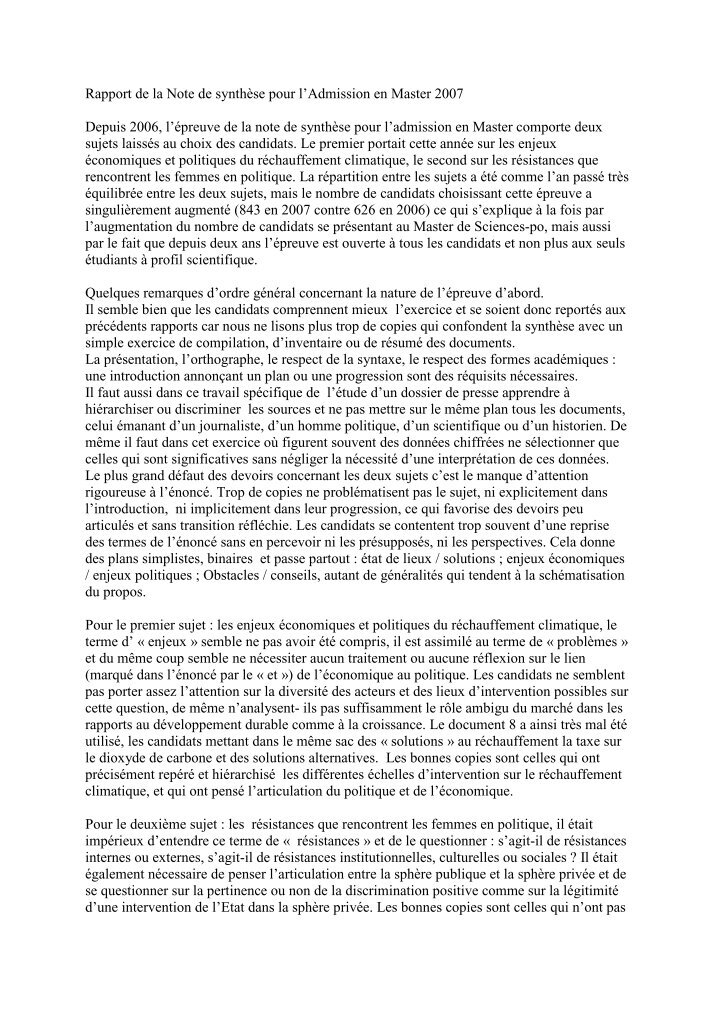 Even if they’re healthy, older spouses need to plan for the time when they may not be healthy. In addition, many older spouses need to care for parents who likely do have health problems. This means money and time needs to be set aside for health concerns.
Even if they’re healthy, older spouses need to plan for the time when they may not be healthy. In addition, many older spouses need to care for parents who likely do have health problems. This means money and time needs to be set aside for health concerns.
Equitable Distribution When Leaving a Marriage After 30 Years
New Jersey divides marital property equitably. Spouses need to work with experienced New Jersey divorce lawyers to fully identify and value the marital property. In addition to the home and retirement benefits, many older spouses have a business that has substantial value.
Skilled lawyers work to identify which assets should be sold and which assets can be traded off against the assets of their spouse. Unlike younger couples and parents, selling a marital home may be more desirable since both spouses may want to downsize.
New Jersey does consider many equitable distribution factors that affect divorces after a long-term marriage. Some of these key factors are:
- How long the spouses were married.
 Leaving a marriage after 30 years means the marriage was a long-term union.
Leaving a marriage after 30 years means the marriage was a long-term union. - The age, physical health, and emotional health of the spouses.
- The standard of living the spouses established while they were married
- The economic circumstances of each spouse
- The ability of each spouse to earn an income. Older spouses generally have more difficulty acquiring new skills and being hired.
- How much each spouse contributed to the education or ability to earn a living of the other spouse
- The tax consequences
Alimony For Parents Divorcing After 30 Years
There are different types of alimony in New Jersey.
- Rehabilitative alimony is generally used to help a spouse acquire educational skills and job training. Older spouses generally have either acquired the necessary employment skills or may conclude that it’s too late in life to go back to school. There are exceptions though. Many older people do start new careers.
- Younger couples generally use reimbursement alimony to reimburse a spouse who helped fiancé the other spouse’s education or career.

- Limited duration alimony is used by couples who have been married for less than 20 years. Limited durational alimony payments are for a specific time period.
- Spouses who are leaving a marriage after 30 years or more may be eligible for open durational alimony. The goal of this type of alimony is to help ensure each spouse lives as close as possible to their lifestyle before the divorce. This type of alimony normally ends on either spouse’s death or the remarriage of the spouse seeking alimony.
Many of the alimony factors when spouses who are leaving a marriage after 30 years or more are the same as the equitable division of property factors. In addition, New Jersey family courts will factor in how the property was equitably divided
At DeTorres & DeGeorge Family Law, our divorce lawyers represent spouses of all ages and all income levels. We understand how uniquely difficult each divorce is no matter how long you’ve been married. Our family lawyers fight to maximize your financial and emotional security. We also explain many of the practical issues involved with divorces by older spouses who may be leaving a marriage after 30 years. Call us at 908-691-2104 or complete our contact form to schedule an appointment to discuss your divorce case. Our New Jersey offices are located in Clinton and Morristown.
We also explain many of the practical issues involved with divorces by older spouses who may be leaving a marriage after 30 years. Call us at 908-691-2104 or complete our contact form to schedule an appointment to discuss your divorce case. Our New Jersey offices are located in Clinton and Morristown.
Why a Long-Term Marriage Ends in Divorce
It often comes as a shock when people find themselves facing divorce at any age or life stage. Because divorce is sometimes more commonly seen as something happening primarily to younger people, couples divorcing later in life after a long-term marriage can experience feelings of shame, failure, and depression connected with their divorce.
The divorce rate among older couples has risen significantly in recent decades. Since 1990, divorces doubled among couples over 50. Perhaps even more surprising, divorces tripled amongst adults 65 and up. Why are so many long-term marriages ending in divorce?
First, not all divorces among older couples are long-term marriages; some divorces in couples over 50 are second or subsequent marriages, long known to be more likely to end in divorce than first marriages.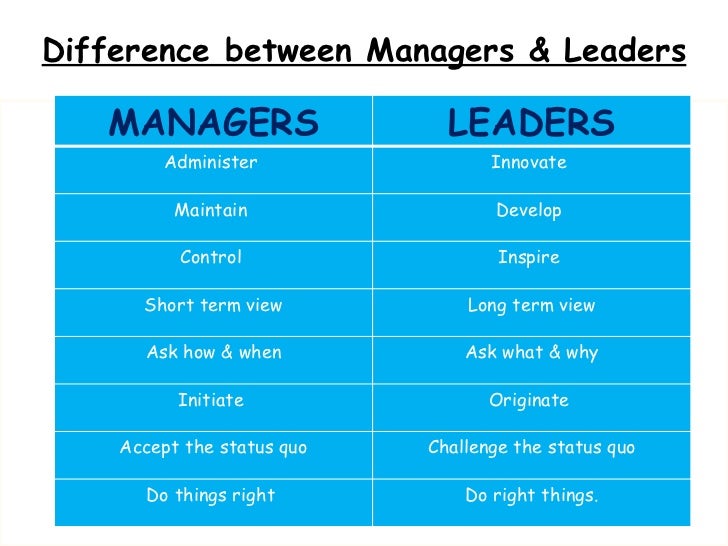 That said, many older divorcing couples have been married for twenty, thirty, even forty or more years.
That said, many older divorcing couples have been married for twenty, thirty, even forty or more years.
Reasons Long-Term Marriages End
1. Divorce Has Become More Acceptable.
It’s not necessarily that older couples have become more unhappy in marriage than they were in previous generations. They may simply feel less compelled now than previously to remain married because of the stigma that used to be attached to divorce. Divorce becoming more commonplace and accepted over time means that for many people, the unhappiness of staying in a marriage outweighs the unhappiness involved in ending it.
2. The Empty Nest.
The departure of grown children from the home can lead to divorce after a long-term marriage. The couple may have previously recognized their unhappiness or issues earlier in the marriage, but decided to stick it out “for the sake of the children.” With the children grown and gone, however, such couples often decided there is no longer any reason to delay a divorce.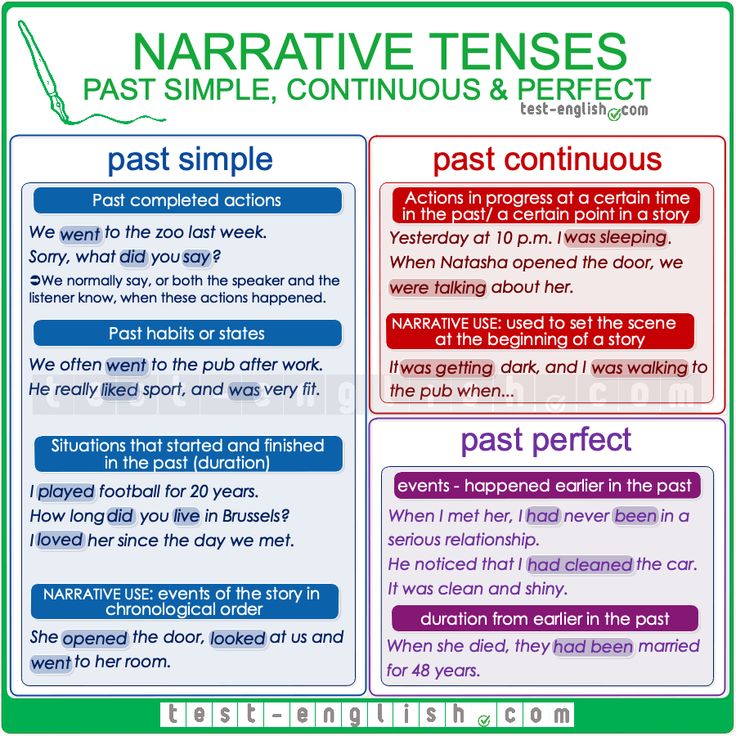 They have no choice to confront those problems, and may decide they are too significant to overcome.
They have no choice to confront those problems, and may decide they are too significant to overcome.
3. Retirement.
Like parenting, work gives many people purpose and structure, and limits the amount of free time they spend with a spouse. After work ends, the couple may discover they lack common interests, have grown apart, or simply no longer enjoy each other’s company.
For individuals who have built their identity on their career rather than their role in the family, retirement may lead to an identity crisis and depression. For spouses who tended the home while the other spouse worked out of the home, the sudden constant presence of the other spouse may feel like an intrusion on their routine and space. Either or both of these situations can lead to conflict and divorce.
4. Infidelity.
Older couples may also experience infidelity leading to the end of their marriage. Sometimes it is a long-term pattern of infidelity ignored by one spouse or the other while the children were in the home. Sometimes infidelity stems from a mid-life crisis, growing incompatibility, or another reason. Whatever the reason, infidelity can be just as devastating to an older marriage as to a younger one—perhaps more so.
Sometimes infidelity stems from a mid-life crisis, growing incompatibility, or another reason. Whatever the reason, infidelity can be just as devastating to an older marriage as to a younger one—perhaps more so.
5. Illness.
The illness of one spouse can contribute to the demise of a long-term marriage in multiple ways. It may be that one spouse who agreed to “in sickness and in health” decides they are not willing to bear the burden of caring for a gravely ill spouse. A spouse who recovers from a serious illness such as cancer or a heart attack may become acutely aware that life is short, and decide that how they have been living is not how they want to live the rest of their life. Illness may not break an otherwise strong marriage, but it can be an inflection point in an already shaky one.
6. Simply Growing Apart.
It may seem trite to say, but over the decades of a marriage, people may simply grow apart. They may once have had common goals and values, but people grow and change, and not always in the same direction. Without the distractions of children and work, the widening gap between them may not be able to be bridged, and divorce is the result.
Without the distractions of children and work, the widening gap between them may not be able to be bridged, and divorce is the result.
7. Finances and Spending Habits.
Like infidelity, financial issues can cause problems in marriages at all stages. As couples get older, financial differences can become more pronounced. Earlier in the marriage, one or both spouses are working, and differences in money styles and spending habits may not be as pronounced with steady paychecks coming in and the prospect of raises on the horizon. As couples approach or enter retirement, one spouse may continue to spend freely as they always did, while the other sees the prospect of a comfortable retirement evaporating before their eyes. The conflict this causes can lead a couple to divorce after decades of marriage.
Why Divorce After Long-Term Marriage is Different
There are some unique issues that can arise in divorce after a long-term marriage. While most older couples typically need not contend with issues of child custody and child support, other aspects of the divorce may be present and more complicated. Older couples typically have more assets, such as sizable retirement funds, subject to equitable distribution.
Older couples typically have more assets, such as sizable retirement funds, subject to equitable distribution.
Sometimes, one spouse was a stay-at-home spouse or homemaker for years or decades. At the time of the divorce, that spouse is 50 or older (sometimes much older) with little ability to obtain a job enabling them to become self-supporting. Accordingly, alimony is often an issue.
There is a great deal at stake in divorce after a long-term marriage. To ensure that you have what you need to move forward with your life, it is essential to have the guidance of an experienced family law attorney. Located in Fargo, ND, we invite you to contact Fremstad Law to schedule a consultation to discuss your situation.
Marriage in the second half of life
Year of publication and journal number:
2019, No. 2
Comment: Chapter from Hildebrand P. After the Midlife Crisis, A Psychodynamic Approach to Aging (2019), published by Cogito -Center.
Annotation
The article discusses unconsciously determined conflicts and interpersonal patterns that are most common in marriages in the second half of life. nine0003
Key words: marriage, pattern, old age, affection.
Until the second half of the 19th century, marriage in the West was indeed, according to the words “until death do us part,” for life. From the end of the 20th century it has come to mean quite a long time - 40 or 50 years. However, for our ancestors, due to ferocious diseases and the frequent death of women in childbirth, marriage lasted an average of just over a decade. Today, given that both spouses will live much longer than before, and that marriage will involve long-term relationships, people will have to develop new patterns of being in marriage. In their 25s or 30s, partners find it hard to predict what their lives will be like in 10, 20, or 50 years, and you can't expect them to predict, beyond some of the most obvious things, what will or won't happen to them. nine0003
nine0003
One of the innovations that became widespread after the Second World War was the easy divorce. Two centuries before, divorce was possible only for the rich, and couples belonging to the poor classes simply parted and went their separate ways without the consent of the clergyman or anyone else.
Today, divorce is not a vice, and the abolition of judicial attribution of guilt and responsibility for the breakdown of a marriage, coupled with longevity and prosperity, has led to a situation where at least half of marriages end in divorce and remarriage of one or both partners. In fact, there is now a trend towards avoiding formal marriage and towards family living together while maintaining their status as singles. There is also a trend towards the "single-parent family" which is highly likely to lead to marked social anomie[1] as old family ties are apparently breaking down and disappearing in many countries. nine0003
It's not easy to summarize the problems of older couples who stay together.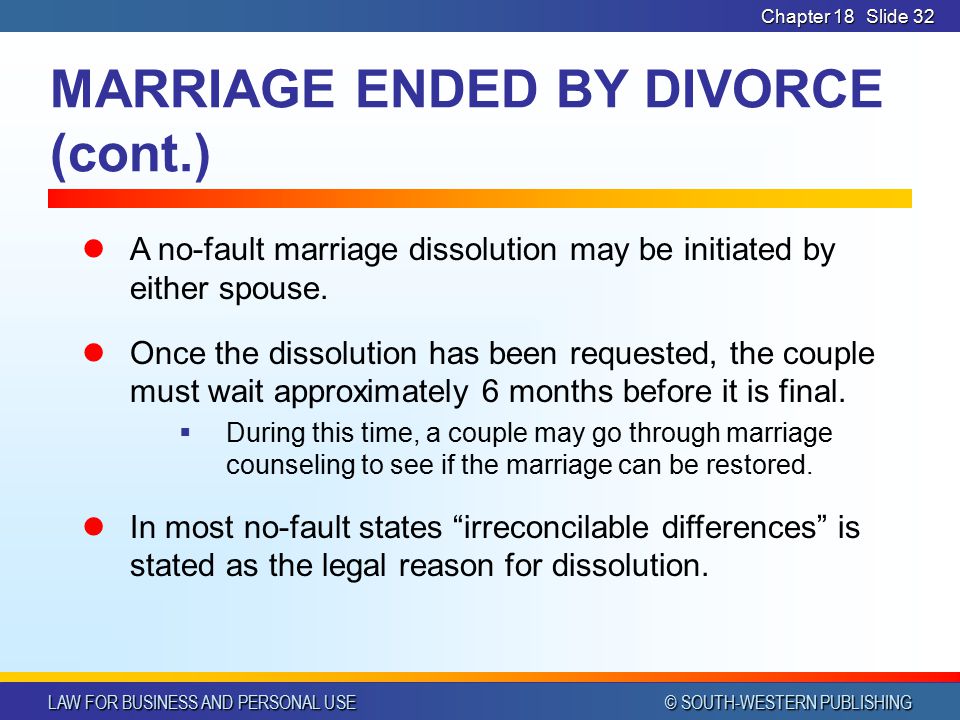 Part of the difficulty arises primarily from the complexity of the motives forcing men and women to marry and start a family. We know that people get married due to a huge number of conscious and unconscious reasons. Psychodynamically, marriage symbolizes and plays out a whole series of layered unconscious fantasies of each partner, which the other may or may not share. The complexity and partial reciprocity of marital relationships is fertile ground for both intimacy and rejection throughout life. nine0003
Part of the difficulty arises primarily from the complexity of the motives forcing men and women to marry and start a family. We know that people get married due to a huge number of conscious and unconscious reasons. Psychodynamically, marriage symbolizes and plays out a whole series of layered unconscious fantasies of each partner, which the other may or may not share. The complexity and partial reciprocity of marital relationships is fertile ground for both intimacy and rejection throughout life. nine0003
As people age, problems may become more obvious and more painful. Once the demands of parenthood are over, the couple find themselves face to face with each other, and often begin to work through problems and difficulties that they have so far consciously or unconsciously left “sleeping”.
One of the most common patterns concerns a 45-year-old man who lived with his wife and fostered children for about 20 years. Such men often leave their wives for a new, younger woman, while maintaining their role as the father of the family and trying to avoid confrontation with the first wife, who is now free to take on a more active and aggressive role. At a deep unconscious level, such men eliminate the danger of showing their own passive, feminine side, which they are afraid of and do not want to experience. Interestingly, it is relatively rare for marriage counselors and divorce professionals to see the reverse of this pattern, where a woman leaves her husband for a younger man. nine0003
At a deep unconscious level, such men eliminate the danger of showing their own passive, feminine side, which they are afraid of and do not want to experience. Interestingly, it is relatively rare for marriage counselors and divorce professionals to see the reverse of this pattern, where a woman leaves her husband for a younger man. nine0003
If marriage is fertile ground for working through (intrapersonal) neurotic conflicts, then the stresses of aging can exacerbate these problems in a couple. Conscious and unconscious conflicts or unconscious collisions create a threat, and the marriage begins to fall apart. Husband and wife begin to blame each other and try to find a solution inside or outside of marriage - with professional help or with the help of friends. This can lead them to establish a defensive system up to a rigid and unchanging marital pattern, which is known in older couples. It may also help to re-examine marriage and its usefulness and lead to a search for a new, more suitable partner with whom to build a system better suited to their needs:
Mrs. B. was referred to me due to an increased fear of a thunderstorm. Throughout her life, she had panic attacks during thunderstorms and ran away from home. She and her husband, now a retired 70, have been married for 43 years. They have successfully raised three children who have already left home.
B. was referred to me due to an increased fear of a thunderstorm. Throughout her life, she had panic attacks during thunderstorms and ran away from home. She and her husband, now a retired 70, have been married for 43 years. They have successfully raised three children who have already left home.
I took this couple into couples therapy with a female colleague. It soon became apparent that Mrs. B's phobia reflected her lifelong fear of losing control. Adding to this fear was her husband's passivity and unwillingness to express any feelings for her or get involved in a scandal, even when it would be appropriate and satisfying. The therapy gradually led them to be able to talk about the differences between them that had remained hidden for 43 years, and then were able to face some of the real unsatisfactory aspects of their marriage. First of all, sexual problems were recognized, which had never been discussed before and whose roots came from childhood. nine0003
Mrs B was able to accept the fact that she and her husband could still find an acceptable solution to their problems.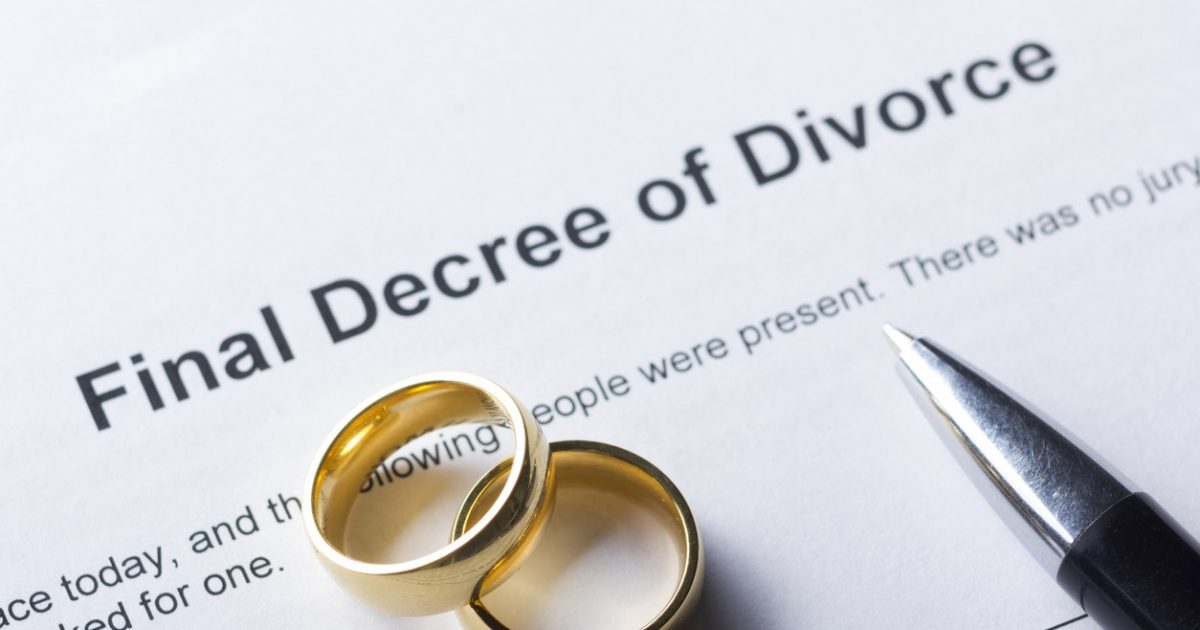 At this point in therapy, a thunderstorm suddenly struck. When Mrs B had her usual panic attack, her husband told her to "shut up". Then, after a real scandal, probably for the first time in their entire life together, he hugged her to calm her down, something he had never done before either. Previously, his own counterphobic reactions and the need to deny his own fear of thunderstorms, which was an expression of a strongly repressed fear of sexual drives and aggression, had always interfered. He later attributed this to the horrendous experience of drowning as a child, but he has now overcome it. For the first time in many years, they were able to make love with pleasure and satisfaction. nine0003
At this point in therapy, a thunderstorm suddenly struck. When Mrs B had her usual panic attack, her husband told her to "shut up". Then, after a real scandal, probably for the first time in their entire life together, he hugged her to calm her down, something he had never done before either. Previously, his own counterphobic reactions and the need to deny his own fear of thunderstorms, which was an expression of a strongly repressed fear of sexual drives and aggression, had always interfered. He later attributed this to the horrendous experience of drowning as a child, but he has now overcome it. For the first time in many years, they were able to make love with pleasure and satisfaction. nine0003
Although this may all sound trite, this couple had a long history of unvoiced suffering, which, without therapeutic help, could lead them to resolve the problem in psychosomatic illnesses or tranquilizers. It could become something like crutches, but it would not make them more loving and open to each other.
Among these well-known patterns there is an "empty marriage". Here the couple lives side by side in apparent harmony, but without any real exchange of information or feelings - each in his own case and following only his own interests, without a real meeting of souls and often even bodies. This is similar to the state of subclinical depression, in which people turn only to themselves and to their narcissistic state of mind and body. I think that hypochondria and illness dominate the lives of these people, and they are the main consumers of tranquilizers and sedatives. nine0003
The second group, also well known, are those who have developed a pattern of constant bickering. These couples seem to repeat the same well-rehearsed quarrels endlessly. In these quarrels, a number of themes are touched upon and repeated, gradually emerging from infantile patterns, against which couples are constantly defending themselves and which can only be expressed through such compulsive repetition. Such marriages, although seemingly more alive than in the previous group, function in their own stereotypical way and have little opportunity for development and change in later life. This group appears to be less willing than the first to change patterns, as their conflict is often played out overtly, and, like Jack Sprat and his wife, they share one neurosis between the two.[2] nine0003
Such marriages, although seemingly more alive than in the previous group, function in their own stereotypical way and have little opportunity for development and change in later life. This group appears to be less willing than the first to change patterns, as their conflict is often played out overtly, and, like Jack Sprat and his wife, they share one neurosis between the two.[2] nine0003
Jack Sprat does not eat fat,
Lean is his wife.
That's why they eat everything to the bottom at lunchtime
.
Having gnawed the bones cleanly,
Jack gives them to the cat.
The spouses have a good disposition
And a terribly skinny cat!
The third group is represented by marriages of convenience, where one or the other partner married not for love, but for some other reason, such as the desire to have a child or a wife before it's too late to improve their social position. Often such marriages turn into a swamp of indifference, where partners are bound only by duties and nothing more - there are no real feelings or care for each other.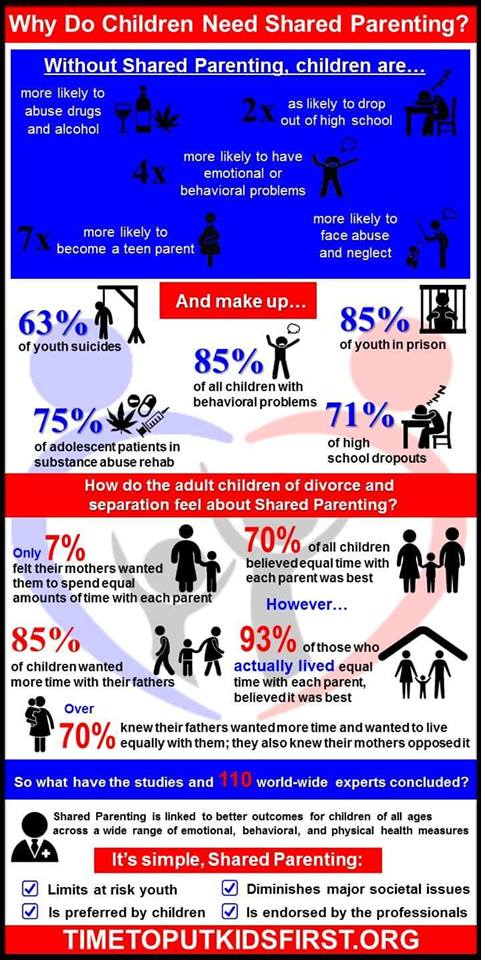 nine0003
nine0003
The feelings of aging spouses towards each other are very different from those of younger people. D. Guttman discusses one of the main reasons for this:
... Development at a later age and pathology, if it first appears at the same time, are often fed from the same source. They are guided by the energies released in men and women during the post-parental transition to androgyny. ... Bisexuality does not become a serious problem, does not take on the proportions of a crisis when men and women leave the "urgent" phase of parenthood. From the moment parents release their last child into life in their middle age, gender distinctions begin to blur. Thus, as children mature and demonstrate that they are already capable of taking on more responsibility by relying on their own physical and emotional maturity, the strict demands of parenthood are relaxed, and fathers and mothers can regain aspirations and opportunities that conflicted with parental tasks and were therefore or suppressed. , or lived indirectly through a spouse (Guttman, 1990).
, or lived indirectly through a spouse (Guttman, 1990).
Many of the interpersonal, unconsciously determined patterns that take place in marriage are associated with "adulthood" and its achievements. If we consider that we reach full maturity not at 21 when we “get the keys to the door”, but rather with the birth of our first child, then we can describe a whole series of stages of development before entering the “third age” at 65 or so.
With the birth of the first child, a period of strong dependence begins for the parent who takes care of him. Winnicott speaks of the time of "primary maternal care" when the mother, or her surrogate, gives most of her mental and physical energy to the child. Of course, this involves some degree of denial of other family members, and on their part, an understanding of the emotional needs of the mother in this situation. Fathers need to give up for a while their own demands for satisfaction and care, which may be rooted in their own early experiences, and more or less patiently endure and cope with what is now the needs of the parental couple in caring for the child.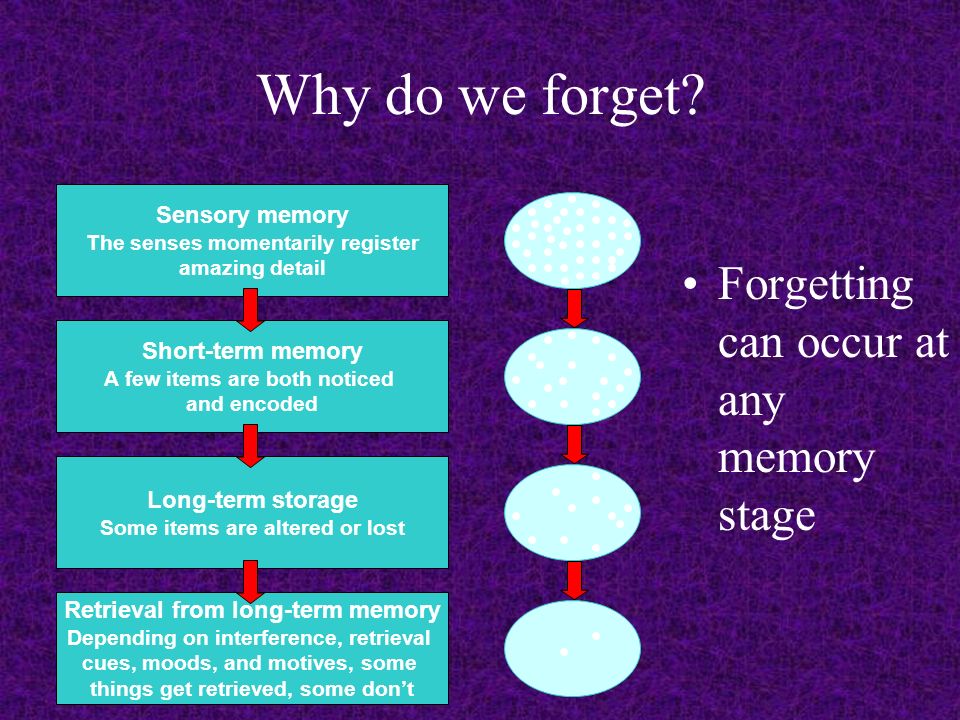 While some men are able to recognize and identify with the fact that passionate love passes with the arrival of a new family member, and can understand and enjoy such a role, others may perceive this as an insult to them and their needs, and this can cause deep stress. married. In some cases, this may even go so far as to physically assault a defenseless child for taking the husband's place as a needy dependent child. nine0003
While some men are able to recognize and identify with the fact that passionate love passes with the arrival of a new family member, and can understand and enjoy such a role, others may perceive this as an insult to them and their needs, and this can cause deep stress. married. In some cases, this may even go so far as to physically assault a defenseless child for taking the husband's place as a needy dependent child. nine0003
Parents in the middle phase of a marriage must reconsider role relationships, often on a rather rigid basis. One of the problems in our modern society is that, as work roles are more and more equally divided between men and women, the question of who should stay at home and take care of the child provokes conflicts within the couple.
Today, many women are pursuing a career and do not want to give it up for the sake of their children. When they decide to start a family while it's still not too risky physiologically, they don't want to spend more time than necessary on the difficult, demanding task of raising a child. The conflict between the needs of each of the partners, which has hitherto been obscured by the pressure of social norms and expectations, can no longer be denied and can lead to intense and destructive tension within the couple. Between the ages of 25 and 45, stress builds up all the time. With the extended family gone and all the support it could offer in terms of child care and financial assistance, the risk of marital breakdown increases exponentially. I have often met couples where both (paradoxically) spouses bitterly expressed the desire that it would be good if the wife were more old-fashioned. Moreover, it is no longer possible to count on the fact that the majority of women will be ready to perform household duties. And the dependence of many families with both husband and wife on recruiting inexperienced foreign teenage girls as low-paid nannies and surrogate parents turns out to be a disaster in many cases. nine0003
The conflict between the needs of each of the partners, which has hitherto been obscured by the pressure of social norms and expectations, can no longer be denied and can lead to intense and destructive tension within the couple. Between the ages of 25 and 45, stress builds up all the time. With the extended family gone and all the support it could offer in terms of child care and financial assistance, the risk of marital breakdown increases exponentially. I have often met couples where both (paradoxically) spouses bitterly expressed the desire that it would be good if the wife were more old-fashioned. Moreover, it is no longer possible to count on the fact that the majority of women will be ready to perform household duties. And the dependence of many families with both husband and wife on recruiting inexperienced foreign teenage girls as low-paid nannies and surrogate parents turns out to be a disaster in many cases. nine0003
It is not surprising that when people enter the second half of life (E. Jacques rather conditionally determined that this happens at the age of about 37), marriage becomes the institution that is subjected to the strongest pressure. We all use our partners to represent and act out for us split off, denied and idealized parts of ourselves and our past relationships with significant people from the past. Where there is a happy coincidence and where people can intelligently accommodate each other's needs, marriage can take the pressure. However, if one or the other partner begins to realize the lack of something, this can lead to a break in relations with unpredictable consequences. nine0003
Jacques rather conditionally determined that this happens at the age of about 37), marriage becomes the institution that is subjected to the strongest pressure. We all use our partners to represent and act out for us split off, denied and idealized parts of ourselves and our past relationships with significant people from the past. Where there is a happy coincidence and where people can intelligently accommodate each other's needs, marriage can take the pressure. However, if one or the other partner begins to realize the lack of something, this can lead to a break in relations with unpredictable consequences. nine0003
After 37, we begin to realize that death is conceivable and indeed inevitable, and how time affects our sexual functioning, appearance, ability to create and remember, and our relationships with others. This is especially true in a youth-oriented society like ours, and marriage must also withstand the effects of aging.
Problems of marriage have not yet received much interest from psychoanalysts.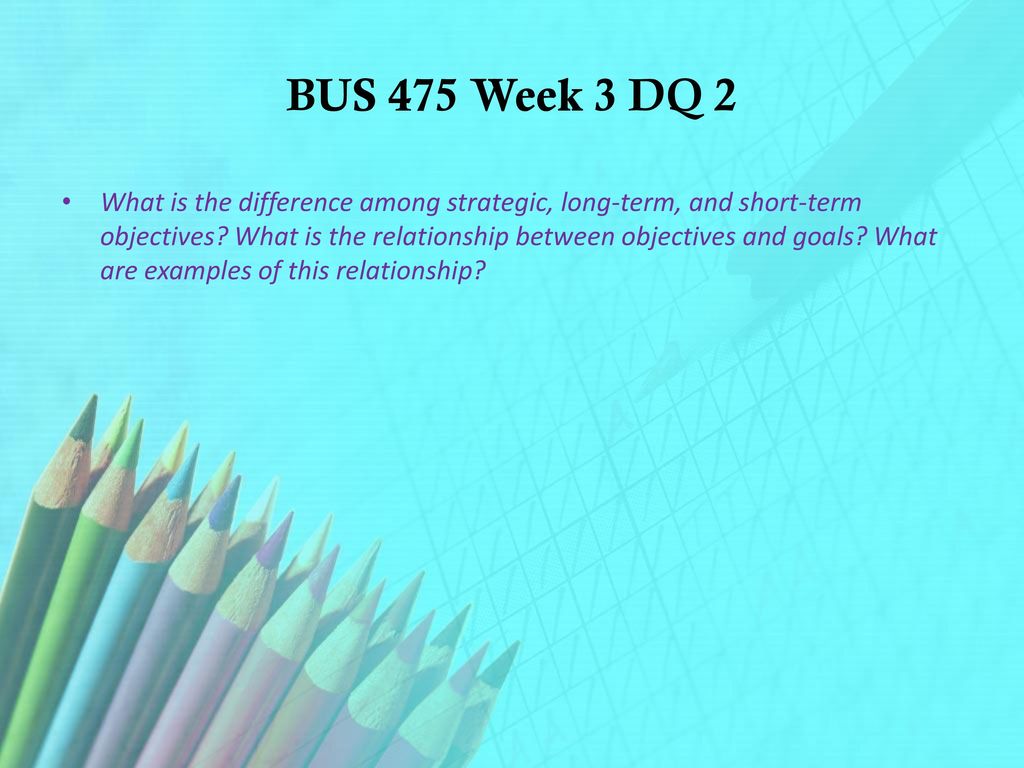 Accordingly, there are very few publications on the problems of aging couples[3]. As people age, they have to deal with the ongoing and cumulative stress of living with another person, whose personal development may go in completely unexpected directions. That early developmental conflicts need to be worked through in the context of new relationships is a commonplace in psychoanalytic theory. However, it is not spelled out exactly how this should be done, and people are left to their own devices in dealing with these problems without sufficient guidance or support. nine0003
Accordingly, there are very few publications on the problems of aging couples[3]. As people age, they have to deal with the ongoing and cumulative stress of living with another person, whose personal development may go in completely unexpected directions. That early developmental conflicts need to be worked through in the context of new relationships is a commonplace in psychoanalytic theory. However, it is not spelled out exactly how this should be done, and people are left to their own devices in dealing with these problems without sufficient guidance or support. nine0003
One of the conflicts is “dependence versus independence”. An aging man may be hurt that after retirement or as a result of age-related changes, diseases, such as a microstroke, he becomes much more dependent on his wife than he expected. A simple question such as who will drive the car can cause marked anger and anxiety. One elderly lady, whose husband raced the Targa Florio and Mille Miglia as a young man, ran into significant problems when, at age 70, he refused to stop driving. He insisted that his skill had not diminished in the slightest, and even the fact that, due to cerebral insufficiency, he could not identify the way to his daughter's house did not convince him to accept these changes and recognize his limitations. He was clearly an obsessive man, whose identity was largely associated with his achievements in work and driving a car, and the need to rely on his wife in this area of \u200b\u200blife was literally unbearable for him. As a result, he almost completely lost the ability to move. nine0003
He insisted that his skill had not diminished in the slightest, and even the fact that, due to cerebral insufficiency, he could not identify the way to his daughter's house did not convince him to accept these changes and recognize his limitations. He was clearly an obsessive man, whose identity was largely associated with his achievements in work and driving a car, and the need to rely on his wife in this area of \u200b\u200blife was literally unbearable for him. As a result, he almost completely lost the ability to move. nine0003
Another pathological pattern described by authors working in this field is couples in opposition.
...Battles take the place of direct expression of feelings, especially those related to the need for dependence and suffering as a result of rejection, criticism or rejection. This pattern of constant bickering is used by couples as a joint defense against discovering addiction and feeling inadequate and unloved (Sharpe, 1991).
The author says that such struggles must be distinguished from ordinary marital quarrels and that there are two types of oppositional struggles that are tied to different levels of early development.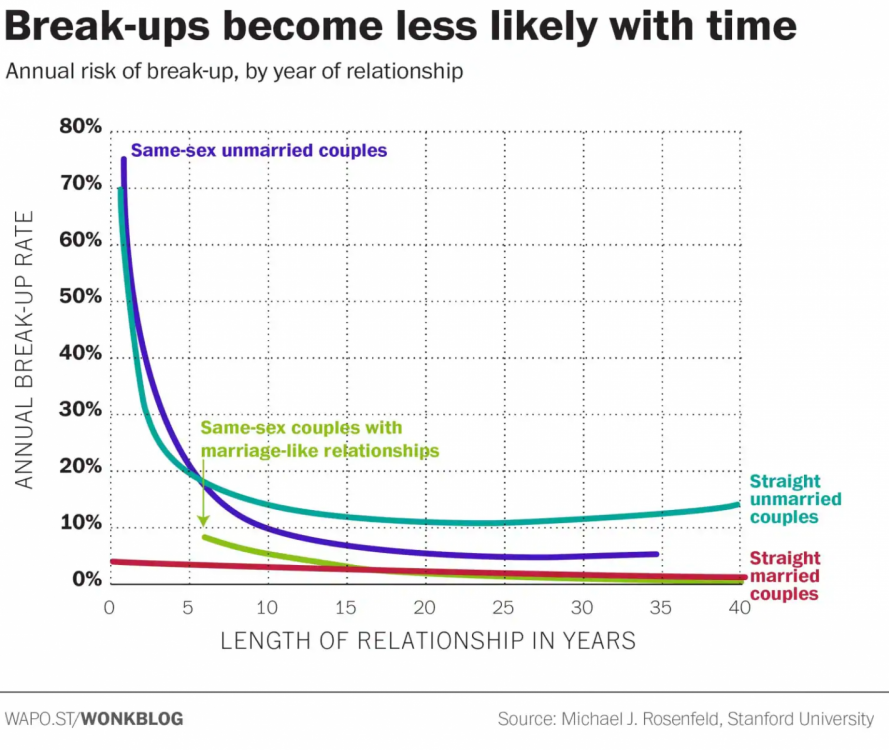 The first type is associated with symbiosis, when a couple is involved in a relationship of sticking, clinging, hostile, full of resentment type and remains in them. In such couples, the mutual dissatisfaction that exists from the very beginning - since each of them needs the other to become a desirable mother from early childhood, and, naturally, each of them is not able to meet the desired requirements - accumulates with age and becomes a medium of exchange. within a couple. Although they have some reason to change this pattern, as they age, it becomes more and more solid - to the point that they simply drown in a poisonous miasma of pain and resentment. nine0003
The first type is associated with symbiosis, when a couple is involved in a relationship of sticking, clinging, hostile, full of resentment type and remains in them. In such couples, the mutual dissatisfaction that exists from the very beginning - since each of them needs the other to become a desirable mother from early childhood, and, naturally, each of them is not able to meet the desired requirements - accumulates with age and becomes a medium of exchange. within a couple. Although they have some reason to change this pattern, as they age, it becomes more and more solid - to the point that they simply drown in a poisonous miasma of pain and resentment. nine0003
There is little that can be done to help such unhappy couples, because what they by definition desire (whether it takes the form of sexual gratification, attention, intimacy, or warmth) cannot be achieved without destroying the idealized inner picture they have built to camouflage their early losses. . Even if the partner becomes an understanding person who meets the requirements in one of these areas, the other partner extends his claims to other areas of their life together.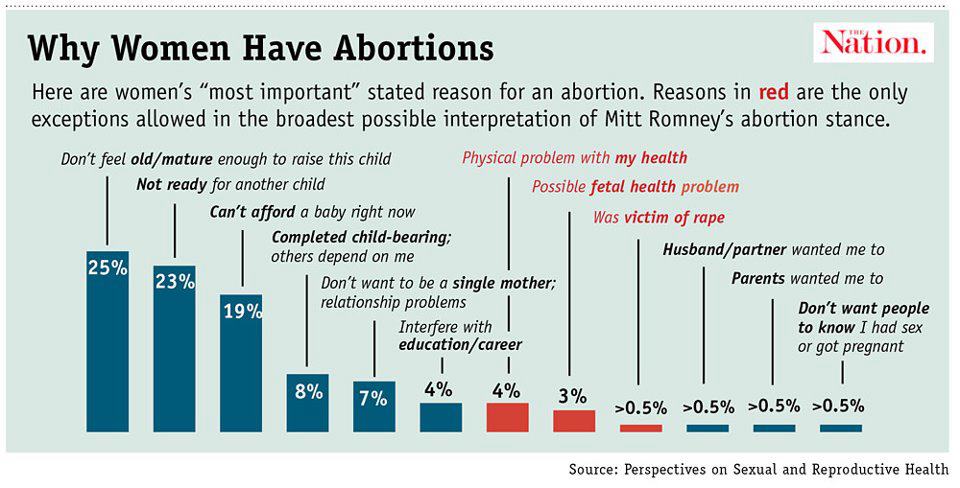 As we age, these demands become more difficult to satisfy, so that pleasure deprivation and grumbling become a way of life for people. Their children and friends tend to fearfully reject them, and they gradually alienate their loved ones, remaining locked in unhappy and painful relationships; they are unable to develop new acceptable interests to cope with the onset of old age. nine0003
As we age, these demands become more difficult to satisfy, so that pleasure deprivation and grumbling become a way of life for people. Their children and friends tend to fearfully reject them, and they gradually alienate their loved ones, remaining locked in unhappy and painful relationships; they are unable to develop new acceptable interests to cope with the onset of old age. nine0003
The second type of interaction, at a higher level, is based on the shared internalization of a very critical, demanding, authoritarian parent or parents who, with their demands, have significantly influenced the life of each of the spouses. As a result of the projection, each member of the couple persecutes their partner as a controlling and manipulating parent from childhood, while he himself is in a position of constant struggle, necessary not to be defeated and destroyed by the other. Naturally, because of the need to be loved and protected, any victory over a partner and an internal object can only be temporary. If the victory were complete, then the subject would run the risk of losing the good aspects of the internalized object, especially its ability to provide security and secure boundaries for it. With such couples, you can find yourself in a judge position with the added hurdle that although they ask you to help solve their problems, they can turn against you as well, turning you into a receptacle for their bad objects. These patients are much easier to help, have better outcomes, and are able to use the interaction to their advantage. The difficulties have more to do with the normal rigidity of thought, which I will talk about in the next chapter. nine0003
If the victory were complete, then the subject would run the risk of losing the good aspects of the internalized object, especially its ability to provide security and secure boundaries for it. With such couples, you can find yourself in a judge position with the added hurdle that although they ask you to help solve their problems, they can turn against you as well, turning you into a receptacle for their bad objects. These patients are much easier to help, have better outcomes, and are able to use the interaction to their advantage. The difficulties have more to do with the normal rigidity of thought, which I will talk about in the next chapter. nine0003
Most of the recent published studies note that there is often a gradual or stepwise decline in marital satisfaction. It starts from a high level during the honeymoon period, falls sharply when children arrive with their needs and demands, and then either slowly declines or stays on a plateau, which seems to indicate general indifference. However, there are marriages where the couple finds that the increased freedom that comes with material wealth and the separation of children allows them to achieve personal satisfaction in a way that they could not have imagined before. Sometimes, of course, we see the possibility of a shared experience in old age, which strikes the observer with its richness and variety. More often, however, interaction patterns look like the ones I described above. nine0003
However, there are marriages where the couple finds that the increased freedom that comes with material wealth and the separation of children allows them to achieve personal satisfaction in a way that they could not have imagined before. Sometimes, of course, we see the possibility of a shared experience in old age, which strikes the observer with its richness and variety. More often, however, interaction patterns look like the ones I described above. nine0003
J. Kuypers and W. Bengtson (Kuypers, Bengston, 1983) believe that members of old families - with adult children - have a deeply conflicted attachment. This conflict is especially difficult for the middle generation - aging parents. The authors present the following arguments.
First, as the family ages, the intensity of involvement in the family decreases. It is clear that the family is the base from which children are necessarily separated. While parents are willing to sacrifice themselves for their children, they can look forward to the moment when the needs of their children are no longer paramount.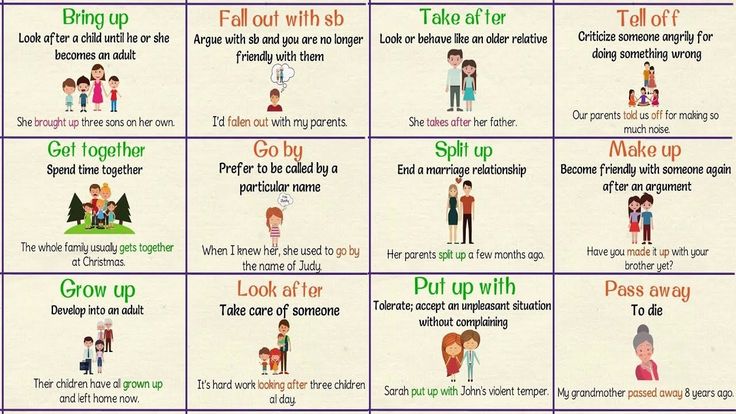 With the end of adolescence of children, parents are free to live their own lives and should not consider the needs of children more important than their own. It is difficult to hope that the initial situation will remain unchanged. nine0003
With the end of adolescence of children, parents are free to live their own lives and should not consider the needs of children more important than their own. It is difficult to hope that the initial situation will remain unchanged. nine0003
Secondly, as the family ages , the primary attachment shifts . When children grow up and leave home, their attachment to the parental family decreases. They expect to find a new family and, in doing so, distance themselves from their parents and siblings. This presents a real problem for their parents, who want to keep their bonds with their children just as much as the children want to be free. There is a problem of ambivalent feelings towards children and what children should take from their parents. Aging parents can have very strong feelings of resentment and hostility towards children who have gained opportunities and freedoms similar to those that their parents sacrificed for them, as well as towards children who have become able to build a career or relationship that, for one reason or another, is no longer available. parents. nine0003
parents. nine0003
Thirdly, parents take care of their children, but not vice versa . In general, most parents continue to feel that their parental role will continue throughout the life cycle, and children feel that it is difficult for them to give up their dependent role in which they have been.
It is to be hoped that as parents age, these expectations will gradually fade and the nuclear family will change in a harmonious way. However, whether we take the perspective of systemic family therapy or the psychoanalytic one, we rarely see it coming easily. First of all, conflicts between parents and children who build their own identity are very frequent. It can be difficult for parents who have struggled to achieve financial security, especially in our youth-oriented culture, that their children can earn six-figure salaries. This provokes the inevitable conflict and revives all the oedipal problems regarding potency and aggression in both father and son. For the aging parent, this is a really acute issue, and it is impossible for both parties to deny it. This means that the father must be careful and not expect his son to look at him as a bearer of higher experience - as he himself looked at his father. You will have to give up all hopes for the role of a teacher, and this can provoke serious conflicts in the family. nine0003
This means that the father must be careful and not expect his son to look at him as a bearer of higher experience - as he himself looked at his father. You will have to give up all hopes for the role of a teacher, and this can provoke serious conflicts in the family. nine0003
The revolution in sexual relations and behavior that began after the Second World War also inevitably affects the relationship between parents and children. Children today relate to sexual experience, both hetero- and homo-, much easier than the generation of parents. Aging adults, confronted with the sexual freedom of the young, abortion at will, the AIDS epidemic, and the new political consciousness, almost inevitably find their deepest beliefs being revised and often dismissed with contempt. Mothers discover for themselves that their daughters no longer think in terms of conventional marriage, but live with "partners", have children with them, or even find reasons to be a "single-parent family." nine0003
Parents' values, derived from their families of origin and internalized in their ego-ideal, are in conflict with the values of children who differ from them in morals and behavior.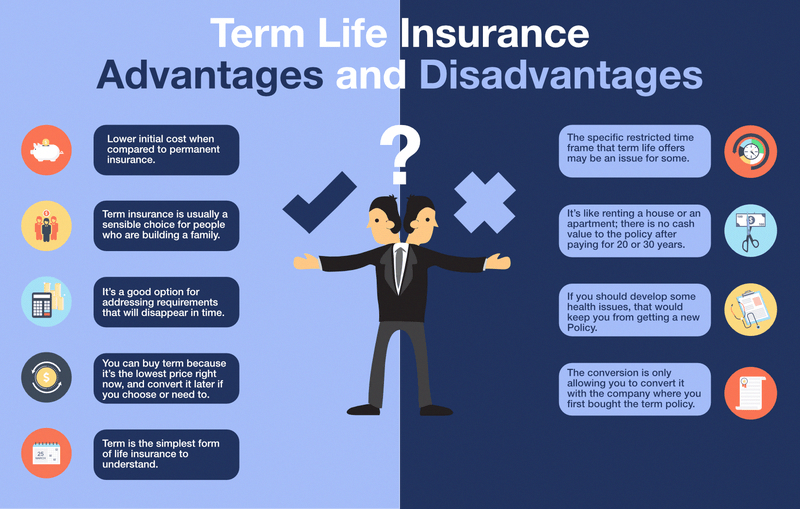 This conflict must be resolved, as it is often painful and stressful and leads to various neurotic and psychosomatic diseases in aging parents. Instead of an orderly world where their accomplishments and opinions are respected, they now feel ignored or even marginalized as being unable to say anything of value in response to the questions their children face. nine0003
This conflict must be resolved, as it is often painful and stressful and leads to various neurotic and psychosomatic diseases in aging parents. Instead of an orderly world where their accomplishments and opinions are respected, they now feel ignored or even marginalized as being unable to say anything of value in response to the questions their children face. nine0003
It is especially difficult for parents to recognize these conflicts as something to pay attention to and work with within the family. We have all seen the confusion and bewilderment that parents express about the annoying and unacceptable behavior of their dear children.
It may be easier for growing children to deal with this problem by splitting the image of the parent. At the same time, the parent remains protected as a beloved and respected figure from childhood, and at the same time his positive image is threatened, as his experience, requirements and ethical code are belittled, rejected and denied. nine0003
It is especially difficult for an aging person to accept this experience of denial, especially if his child states that the parent cannot adequately understand and judge some important problem due to his advanced age.
Some authors suggest that the typical response of parents in such a situation is to avoid any action and deny that any crisis - whether it is related to the child or the parent - requires these actions. Faced with such a challenge, the aging parent chooses the simplest path - goes into denial and inaction. One patient told me that when, at the age of 27, he told his father that he intended to marry, he replied: “I don’t even want to hear about it - I’m still too young to become a grandfather.” nine0003
Such a family crisis can take several turns. Elderly parents, who have finally freed themselves from the urgent care of children and think they have gained a new freedom, suddenly, at this very moment, discover that their own parents, who until now were more or less independent, have grown very old and began to demand physical and psychological help. and worries. This brings to life all the conflicts about what a person is obliged to do and how to deal with this new addiction. I think that the symptoms of stress that appear at this time in life are much less related to, for example, menopause and psychological changes, and much more to the demands that arise from this problem. nine0003
I think that the symptoms of stress that appear at this time in life are much less related to, for example, menopause and psychological changes, and much more to the demands that arise from this problem. nine0003
Marriage based on calculation, superficial, without roots in intimacy and real understanding of each other will not provide the psychological support that is needed in these circumstances. It will be almost impossible for an infantile and spoiled spouse idealized by his partner in order to keep a good internal object to get out of this role and give his partner real support in a situation when he is dealing with a possibly dying parent.
Partners bring to marriage all their baggage related to their own early struggle for autonomy and authenticity. Aging brings with it serious problems relating to interactions with both one's own parents and children. There is no doubt that a marriage partner can both support in this situation, and, conversely, complicate it. Unconscious expectations of dependency and independence bring out everything good or bad in a marriage.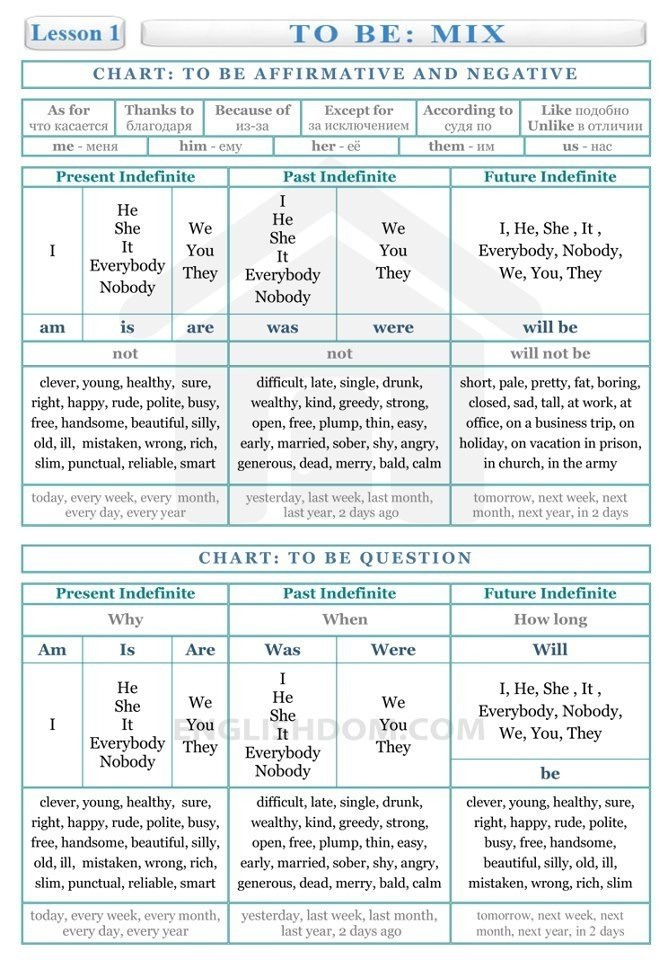 For an individual who is in a state of internal struggle with parental demands, it is difficult at the same time to be the target of a partner's demands. For many reasons, the middle years of marriage are a time of great vulnerability, when sympathy and loving acceptance can be quite strong, but the nature of the relationship can make it difficult to express them. nine0003
For an individual who is in a state of internal struggle with parental demands, it is difficult at the same time to be the target of a partner's demands. For many reasons, the middle years of marriage are a time of great vulnerability, when sympathy and loving acceptance can be quite strong, but the nature of the relationship can make it difficult to express them. nine0003
As an illustration of what has been said, I will tell about Ina, who, at the age of about 50, entered into a late marriage with a rather narcissistic and egocentric man - John.
John divorced his first wife. They had two daughters and a son, about whom he spoke in superlatives. Ina, John's second wife, was not liked by his children, but she did everything in her power to build a good relationship with them, and even invited them to live in her house during their studies at the university. The marriage was built on her need for a very masculine and potent man who would replace her father, with whom she had had a close and deep, but certainly non-sexual, relationship during childhood. Her father, along with Ina, humiliated her mother, who was of a much lower social origin than her father. nine0003
Her father, along with Ina, humiliated her mother, who was of a much lower social origin than her father. nine0003
Everything was going well until John became involved with the wife of one of his colleagues, who lived in an open marriage and, for some reason of her own, encouraged his advances. This woman was younger than Ina and better suited both John's need to be a male father and his sexual fantasies. This relationship gradually turned into a love affair, and Ina had to struggle with her conflict between her desire to keep her husband and anger at his humiliating way for her to satisfy her narcissistic needs. The situation was painful and deadlocked: he did not want to leave his mistress, and she did not want to abandon him, because she could not abandon her narcissistic father. nine0003
The situation escalated when Ina's mother was diagnosed with cancer and Ina felt that she should try her best to spend time with her mother. Ina was devastated when she discovered that John was refusing to come with her to attend her mother's death and share Ina's depressing guilt towards her and her needs.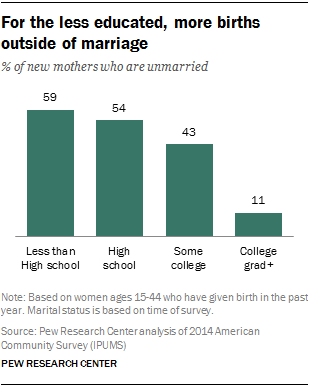 When she went to her mother's on weekends, he spent time with his mistress.
When she went to her mother's on weekends, he spent time with his mistress.
Ina felt conflicted between her duty and fury at her husband, who refused to accept that she needed his support. And her compromise was that she refused to acknowledge the clear signs that her mother was about to die, and instead insisted on spending the weekend with John. After the death of her mother, she had a depressive breakdown, and John developed coronary heart disease in response, from which he died a year later. Every minute of her life Ina felt angry, devastated and deceived and felt that there was no point in living. nine0003
A similar pattern could be seen in Saul. The third child and only son of a very unhappy, middle-class family, he was the pride and joy of a mother. In his early childhood, he climbed into her bed at every opportunity, and although she did not explicitly seduce him physically, he definitely felt pleasure when he rubbed against her body. This "love affair" was forcibly interrupted by the father, who threw his son out of his marital bed and forbade him to return there. Saul was deeply narcissistically wounded by this and all his life he united with his mother against his father. From adolescence, he rebelled against his father's opinion and constantly showed that he was not obliged to reckon with him. nine0003
Saul was deeply narcissistically wounded by this and all his life he united with his mother against his father. From adolescence, he rebelled against his father's opinion and constantly showed that he was not obliged to reckon with him. nine0003
It was very difficult for Saul to find a wife who would meet his exceptionally high standards. When he finally married, it turned out to be a woman, although she looked beautiful, but a terrible slob in terms of intimate hygiene. He spent a lot of time lamenting over this, but gradually realized that by marrying such a woman, he became the spokesman for his mother's promiscuous femininity.
Saul's world was turned upside down when his mother went downhill as a result of many illnesses, and her depressed husband devoted himself to her care, but then fell ill himself. The mother did not do anything and left the father to himself, did not even change his bed, and he turned out to be completely neglected. Saul, who had already moved to another city by that time, was so shocked during his next visit to them that he asked the family doctor to intervene in the situation. nine0003
nine0003
A few days later my father was hospitalized and soon died of kidney failure. Before his death, Saul was with him and realized how much he himself needed a relationship with a loving man. He said goodbye to his father very warmly. Saul felt immense gratitude for this experience, which made him rethink and rethink his other relationships as well. He found that there was a large amount of unexpressed anger towards his mother in them, and he was able to see that the relationship with his wife was a mirror image of this situation. By working with me, Saul was able to stop being a perfectionist in his demands on his wife and children, so that their marriage became a source of positive support for him when he had to deal with the aging and death of his mother. nine0003
The Marriage in the Second Half of Life
The article deals with unconsciously determined conflicts and interpersonal patterns that are most common in marriages in the second half of life.
Keywords: marriage, pattern, old age, attachment.
[1] A concept introduced by E. Durkheim to explain behavior that deviates from social norms.
[2] Jack Sprat is the hero of English nursery rhymes, limericks. We present one of them translated by N. Radchenko. nine0003
[3] Since the book was written, a number of works have been published on this topic, in particular: Sharff D. Sexual relations: sex and the family from the point of view of the theory of object relations, 1998.– Per. in Russian lang.– 2008.
Reasons for divorces in Russia: statistics for 2020
Sergey Antonov
everyone is happy in marriage
Author profile
Alexey Smagin
there are 7 divorces. nine0003
In 2020, 770.8 thousand marriages and 564 thousand divorces were registered in Russia. If you look at opinion polls, then often, when talking about the reasons for the breakup, the ex-husband and wife use the vague wording "didn't get along.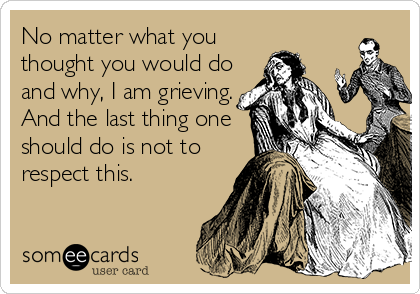 " We studied official divorce statistics and research by scientists and tried to find out why marriages in Russia actually break up.
" We studied official divorce statistics and research by scientists and tried to find out why marriages in Russia actually break up.
How often people get divorced
Over the past ten years, Russians have become less likely to get married, while the number of divorces has remained approximately the same. So, in 2006 in Russia there were more marriages than divorces, about 1.5 times, in 2011 - 2 times, and in 2020 - 1.4 times. Even the pandemic had almost no effect on the number of couples who decided to formalize the breakup: in a covid year, there were 7 divorces for 10 weddings. nine0003
For convenience, statistics consider the relative number of marriages (and divorces) in the same way as other indicators: divide the number of marriages in the region by the number of its inhabitants. If you see that in Russia there are 75 marriages per 10,000 people, you should know that there are 150 newlyweds for every 10,000 inhabitants.
Source: Rosstat Source: Rosstat The number of marriages is affected by the birth rate in previous years. For example, in the eighties it was high, so the number of marriages grew until the end of the 2010s: a lot of people entered the so-called marriageable age - Russians most often get married at the age of 20-30. And in the nineties, the birth rate in the country fell by about one and a half times compared to the eighties. As a result, by 2020, the number of people at the age when Russians actively marry has also decreased. nine0003
For example, in the eighties it was high, so the number of marriages grew until the end of the 2010s: a lot of people entered the so-called marriageable age - Russians most often get married at the age of 20-30. And in the nineties, the birth rate in the country fell by about one and a half times compared to the eighties. As a result, by 2020, the number of people at the age when Russians actively marry has also decreased. nine0003
Fragment of the HSE Annual Demographic Report for 2006PDF, 521 KB
In parallel, another factor also played a role. In Russia, as in many Western countries, the typical bride and groom are gradually "aging": the average age of marriage is growing. In 1993, the typical groom was 26.1, the bride 24.1. In 2016 - 30.1 and 27.7, respectively.
Fragment of the HSE Annual Demographic Report for 2017PDF, 668 KB
As a result, since 2012, the number of marriages has decreased by 1.8 times, and divorces by only 1.2 times. nine0003
The leaders in the number of divorces in 2020 are Sakhalin and the Magadan Region: 51 divorces per 10,000 inhabitants. In third place is the Kaliningrad region: 50 per 10,000. Families break up least often in the national republics: for example, in Chechnya and Ingushetia, only 10 divorces per 10,000 inhabitants were registered.
In third place is the Kaliningrad region: 50 per 10,000. Families break up least often in the national republics: for example, in Chechnya and Ingushetia, only 10 divorces per 10,000 inhabitants were registered.
What do Russians consider as a good reason for divorce
In 2019, VCIOM asked Russians what, in their opinion, is the most common reason for divorce in Russia. Respondents could select multiple answers. In the first place were financial factors — poverty and the inability to feed a family: 46% of respondents answered this way. In second place is the betrayal or jealousy of one of the spouses: 22%. On the third - lack of mutual understanding: 21%. nine0003
It is interesting that before that, for several years in a row, those who considered a difficult financial situation as a reason for divorce were two times less.
Source: VTsIOM Source: VTsIOM As for adultery in marriage, according to another study, more than half of Russians consider it worthy of condemnation.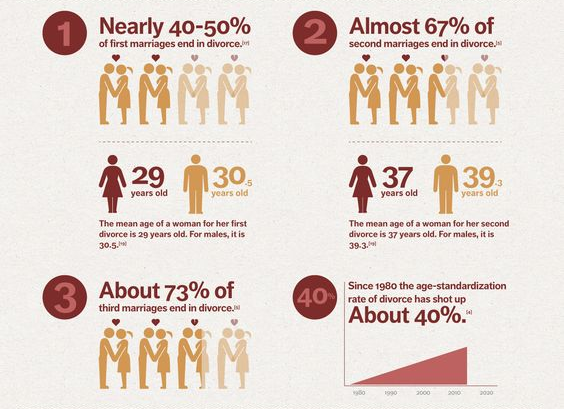 And only 12% of the respondents said that there is nothing reprehensible in this. Moreover, according to opinion polls, the proportion of those who categorically condemn sex on the side has grown almost one and a half times over 30 years - from 35 to 52%. nine0003
And only 12% of the respondents said that there is nothing reprehensible in this. Moreover, according to opinion polls, the proportion of those who categorically condemn sex on the side has grown almost one and a half times over 30 years - from 35 to 52%. nine0003
Infidelity, same-sex relationships, abortion: taboo or norm? — research by VTsIOM
The number of people who say that there is nothing wrong with cheating also increased, but not significantly: from 9% in 1991 to 12% in 2018.
What else affects the strength of marriage
According to sociologists, there are and other factors that increase the likelihood of divorce. They are not as obvious as cheating or the unwillingness of one of the spouses to find a job. Sociologists analyze the divorce statistics of hundreds and even thousands of couples and come to the conclusion that there are hidden factors that increase the chance of a family breakup. nine0003
No children. According to the Institute of Demography of the Higher School of Economics, in the 1980s and 1990s, families with children accounted for more than 60% of the total number of divorces. By 2015, this figure fell one and a half times - to 41%.
By 2015, this figure fell one and a half times - to 41%.
Childless couples divorce more often — HSE study
Marriage age. With each year of marriage, the chance of divorce decreases. So, in couples who got married in 1980-1989, they thought about divorce 9.3% of men and 22.4% of women, and among those who registered relationships in 2000-2004 - 14.3 and 27.1%, respectively.
Who breaks up relationships more often and why — a study by the Higher School of Economics
Scientists explain this situation with purely psychological reasons: couples who started a family in the 2000s were at the beginning of a joint journey at the time of the study. They are just beginning to organize a joint life, distribute responsibilities, rub each other in. The likelihood of disagreement is much higher. nine0003
The high position of a wife. Swedish scientists came to the conclusion that couples divorce more often, where a woman was promoted in the service. Families in which the wife gets the post of CEO, mayor or parliamentarian are twice as likely to break up than those where the same position goes to the husband.
Families in which the wife gets the post of CEO, mayor or parliamentarian are twice as likely to break up than those where the same position goes to the husband.
Single women: career advancement and marital longevity - American Economic Journal article, in English
According to the authors of the study, couples in such cases have increased conflicts that are associated with the changed social and economic position of the wife. And women also have less time for family leisure and housework, which also often affects the strength of relationships. nine0003
Views on marriage. But there are also studies, the authors of which claim that the reasons for divorce lie only in the life attitudes of the spouses themselves. Scientists from Volgograd State University, who have been studying marriages and divorces in Russia for several years, say that neither the well-being, nor the duration of the relationship, nor the difference in the age of the husband and wife affect the strength of the family.

